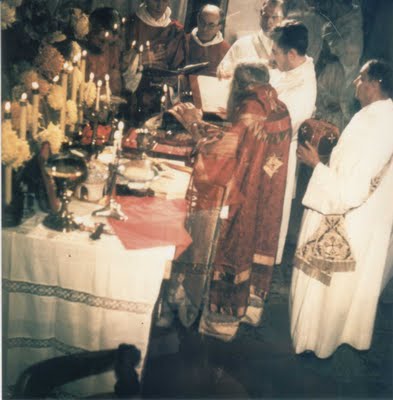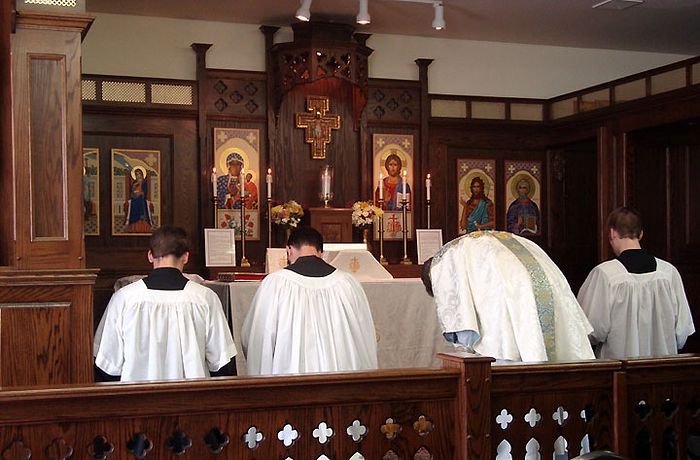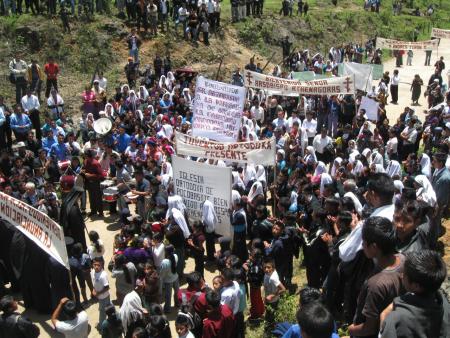Many Christians who have studied theology in depth have heard of the Eastern Orthodox or the "Greek Church". But how many have heard of the Western Rite practiced in the Orthodox Church or that parishes have been set up dedicated to this Rite?
In this thread, I will provide some information about the Western Rite and ask for your opinions and reactions.
The Russian Orthodox Church Outside Russia (ROCOR) has a special branch of parishes set up dedicated to the Western Rite.
Their website is: http://rocor-wr.org/
It says:
Their History section discusses connections that they have with Anglicanism:
It has a list of ROCOR Western Rite parishes and monasteries here:
http://rocor-wr.org/parishes.html
In this thread, I will provide some information about the Western Rite and ask for your opinions and reactions.
The Russian Orthodox Church Outside Russia (ROCOR) has a special branch of parishes set up dedicated to the Western Rite.
Their website is: http://rocor-wr.org/
It says:
What Is the Western Rite?
The Western Rite of the Russian Orthodox Church Outside Russia is a concerted effort to reach out to Western Christians in a manner that is thoroughly Orthodox but is also familiar to the tradition(s) that they may be coming from. To accomplish this, the Western Rite Communities have sought to re-establish the Western Church as it existed prior to the Great Schism of AD 1054.
Their History section discusses connections that they have with Anglicanism:
The year 1867 saw [Julian] Overbeck, with 122 signatures from the Oxford Movement, petition the Church of Russia for the establishment of a Western Rite church in full communion with the Eastern Rite. A seven-member synodal commission was then formed, and invited Overbeck to attend. The idea was approved, and Overbeck set about submitting a draft of the proposed Western liturgy, which added an epiclesis and the Trisagion hymn to the Tridentine Mass. This rite was submitted in 1871, and was examined and approved by the commission. Overbeck focused his efforts on the Old Catholic movement, who had rejected Papal Infallibility. He continued to engage in polemics with Catholics, Anglicans, and Orthodox converts using the Byzantine Rite.
St. Tikhon's involvement in the Western Rite has been more enduring. While he was bishop of the Russian mission in America, some Episcopalians were interested in the possibility of joining Orthodoxy while retaining some form of the Anglican liturgy. St. Tikhon sent the 1892 Book of Common Prayer to the Holy Synod, asking about the possibility. According to Fr. Edward Hughes, St. Raphael of Brooklyn composed the letter of inquiry. In 1904, the Holy Synod admitted its possibility, including edits for its use in an Orthodox manner. It concluded that such edits "can be carried out only on the spot, in America," and found it "desirable to send the 'Observations' themselves to the Right Rev. Tikhon, the American Bishop." ... However, his involvement lay the groundwork for the reception and approved liturgy of some parishes in the Western Rite Vicariate and later the Russian Orthodox Church Outside Russia (ROCOR).
Western Rite Orthodoxy, in Australia and New Zealand, has arisen mostly from Anglican and Continuing Anglican communities. Metropolitan Hilarion (Kapral) of Sydney of ROCOR received some communities under his omophor; while others have been received by Bishop Gibran and Metropolitan Archbishop Paul, both under the Church of Antioch...
http://rocor-wr.org/history.html
It has a list of ROCOR Western Rite parishes and monasteries here:
http://rocor-wr.org/parishes.html








